Puzzled if a penguin is truly a bird? We have the response! This article will give you all the important info. From the varieties of penguins to why they are viewed as birds – you will find out. So, are penguins birds? Let’s discover!
Five Facts About Is A Penguin A Bird?
- ✅ Yes, a penguin is a bird.
- ✅ Penguins are flightless birds that have adapted to life in the water.
- ✅ Penguins are found only in the Southern Hemisphere, from Antarctica to the equator.
- ✅ Penguins have a unique breeding cycle that involves the male and female taking turns incubating the egg.
- ✅ There are 18 different species of penguins, ranging in size from the tiny fairy penguin to the emperor penguin, which can grow up to 4 feet tall.
What is a Penguin?
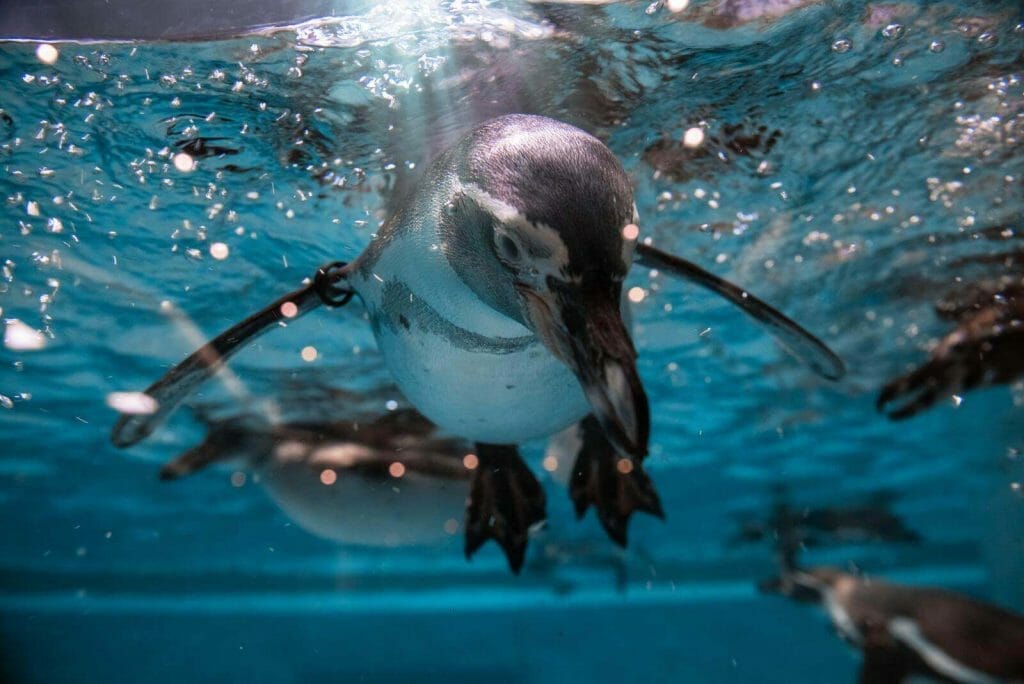
What’s the deal with penguins? This question serves as an introduction to the topic. Penguins are fascinating and educational for readers of all ages. Let’s explore their unique features. Plus, learn about their habitats, behaviors, and conservation efforts. Have fun learning!
Swimming Abilities
Swimming is a major part of penguin life. There are 18 types of penguins, from the Emperor to the Little. With their wings converted to flippers, they can go up to 22 mph! They mainly feed on fish, squid, krill, octopus and crustaceans, which they get underwater.

Penguins have special adaptations that help them swim, like a streamlined body, webbed feet and salt glands. Unlike other birds, penguins have solid bones that give them neutral buoyancy while swimming. Even though they can’t fly, they’re still great swimmers – very important for survival in their habitat.
Pro tip: If you ever get the chance, watch penguins swim. It’s amazing to see them in action!
Mating Habits
Penguins are a unique bird species. They are flightless and marine, not terrestrial like other birds. Penguins create strong and long-lasting bonds with their partners. They also live in colonies and are highly social. There are 18 species, each with their own behaviors.
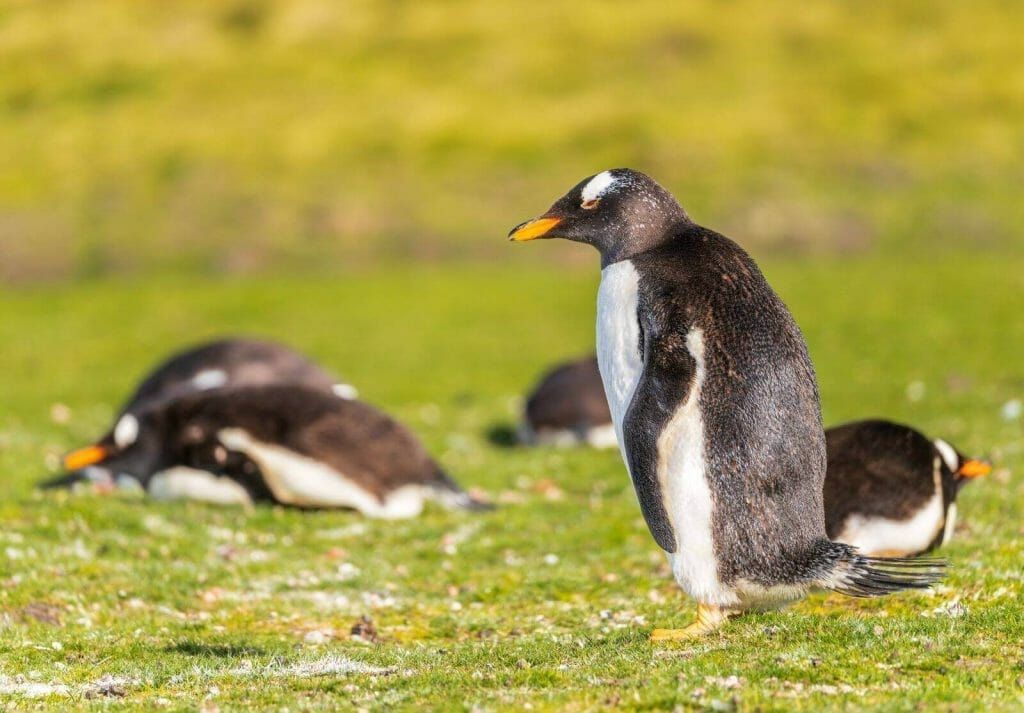
They mainly eat fish, but also consume squid, krill, and other small animals. Their beak catches prey and feathers keep them warm.
For penguin enthusiasts, it’s interesting to learn about the various species and their behavior. This sets them apart from other birds!
Related Article: 20 Types of Finches in Ohio
Species of Penguins
There are a total of 18 recognized species in the penguin family, scientifically known as Spheniscidae. These aquatic flightless birds are exclusively found in the southern hemisphere, with some species living in colder regions such as Antarctica while others inhabit temperate zones. Of the 18 species, 11 are considered globally threatened.
Penguins have evolved for life in the water, with flippers instead of wings and countershaded dark and white plumage to help them blend in with their surroundings. They mainly feed on krill, fish, and squid, which they catch while swimming underwater using their powerful jaws and spiny tongues.
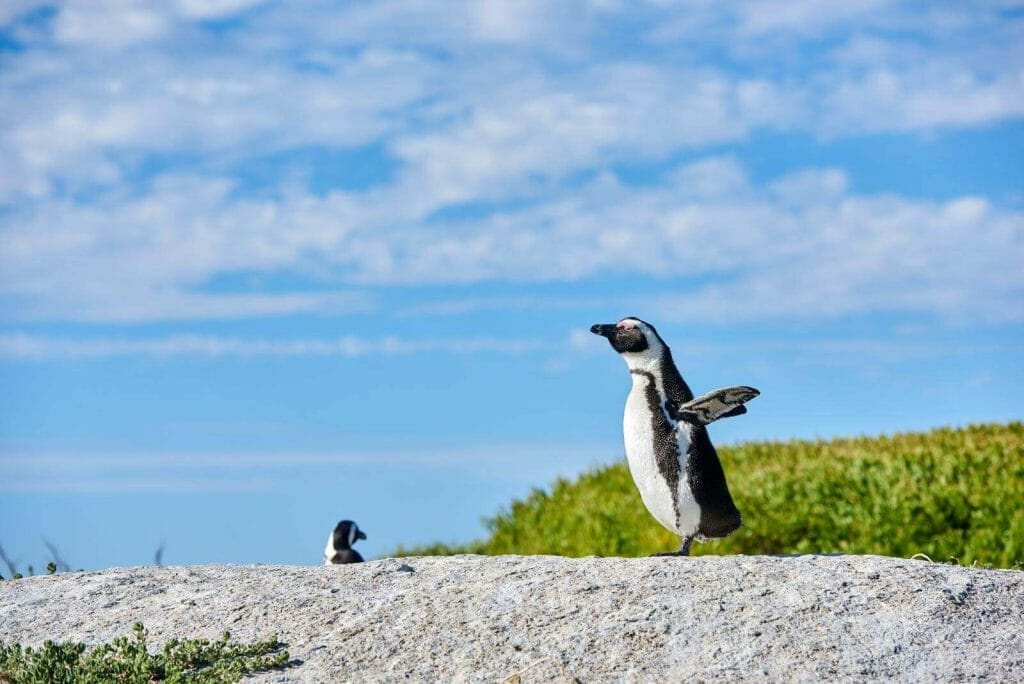
Penguins spend roughly half their lives on land and the other half in the sea. The largest living species is the Emperor Penguin, standing at an average of 1.1 m tall and weighing 35 kg, while the smallest penguin species is the Little Penguin, which stands at around 30-33 cm tall and weighs 1.2-1.3 kg.
Larger penguins generally inhabit colder regions while smaller penguins inhabit temperate ones. The number of extinct penguins varies between authorities, but there are currently between 17 and 20 living species in the Spheniscinae family. Despite their resemblance to the now-extinct Great Auk, penguins belong in a different family and order, and were named as such by sailors who first encountered them
Different Types of Penguins
Penguins! All over the globe! From Antarctica to everywhere! 18 species, each unique. Like the Emperor Penguin – monogamous and into same sex romance. Or the Adelie and Chinstrap Penguins – they party!
These aquatic birds have adapted to survive. Streamlined bodies, waterproof feathers, air insulation. Fish, squid, krill and crustaceans – that’s their food.
Penguins are birds, but different. Wings are flippers, knees close to the body. For streamlined swimming.
Pro tip: Observe these amazing creatures! But keep a safe distance. Don’t disturb their daily routines.
Division into Four Groups
Dividing penguins into four categoris can aid in comprehending their distinct species and characteristics. These groups are brush-tailed, crested, banded, and large or giant. With these four groups, there are 18 different species of penguins, all of which are birds that cannot fly and reside in the southern hemisphere. Notable species include Adelie, African, Blue, King, and Magellanic penguins.
Penguins have adjusted to an aquatic lifestyle and their diet is mainly made up of cephalopods, fish, and krill. They lay eggs and have a skeleton like mammals rather than birds. Penguins form monogamous couples as well as engage in homosexual sex.
Familiarizing oneself with these groups and species can help readers differentiate penguins from other birds and mammals. It also provides facts and details about penguins, such as their scientific name and predators. Pro tip: Investigating various penguin species can be both educative and entertaining.
Related Article: When do Orioles Come Back to Michigan
Habitat of Penguins
“Penguins: Where do they live?”
This sub-heading will help readers understand the habitat of these amazing creatures. Penguins are very unique and have adapted to live in some of the harshest environments on earth.
This article will explain the different types of habitats in which penguins survive and how they have evolved to live in such conditions. Enjoy your educational journey into the amazing world of penguins!
Icy Cold Aquatic Regions
Penguins have icy cold aquatic regions as their habitat. They’re flightless birds that belong to the family Spheniscidae. There are 18 types of penguins, with each having unique characteristics. Examples include: Adelie, African, Blue, Little, Erect-Crested, Fiordland, Gentoo, Galapagos, Humboldt, King, Macaroni, Magellanic, Rockhopper, Royal, Snares, Yellow-Eyed, Banded, Brush-Tailed, and Crested.

Penguins have hollow bones. This helps them swim deep, so they can catch prey without getting crushed. Penguins have more feathers per square inch than other birds. They huddle together in breeding season to stay warm. Penguins lay two eggs and take turns incubating them. Penguins are warm-blooded like other birds, but not mammals. They can dive up to 500 feet and hold their breath for 20 minutes.
Pro Tip: Penguins are amazing animals. Learning about their adaptations is both fun and educational.
Islands away from Predators
Islands away from predators are important for penguins. These flightless marine birds evolved in isolation and developed adaptations to live in these unique environments. There are 18 different species, ranging from Little to Emperor Penguins.
The most well-known ones are Adelie, African, Blue, and King Penguins. Their feathers provide excellent insulation in cold waters and they are great swimmers. Penguins are birds, but they don’t have any teeth in their beaks. Fun fact: the now-extinct Great Auk was a penguin too!
Pro Tip: Learn more about penguins with a penguins guide.
Nutrient-Dense Waters
Nutrient-dense waters are a must for penguin habitats. Penguins are known for their swimming skills and adaptations to cold climates. There are 18 species of penguins such as:
- Adelie
- African
- Blue
- Little
- Erect-Crested
- Fiordland
- Gentoo
- Galapagos
- Humboldt
- Macaroni
- Magellanic
- Rockhopper
- Royal
- Snares
- Yellow-Eyed
- Banded
- Brush-Tailed
- Crested
These penguins rely on healthy, nutrient-rich waters for food sources such as krill, fish, and squid. Nutrient-dense waters also impact the health and reproduction of penguins. Conservation efforts that protect ocean ecosystems can help protect penguin populations and their habitat. Pro tip: Penguin survival starts with healthy waters!
Diet of Penguins
The heading “Diet of Penguins” may be intriguing! Animal behavior and ecology fans might be curious. What do penguins eat? How does their diet impact their natural habitat?
Exploring the diet of penguins can give us more understanding about them. Research or just for fun, it’s a valuable way to learn about their physiology and behavior:
- What do penguins eat?
- How does their diet impact their natural habitat?
Fish
Fish are a must-have in the diets of many penguin types, e.g. Adelie, African, Blue, Little, Erect-Crested, Fiordland, Gentoo, Galapagos, Humboldt, Macaroni, Magellanic, Rockhopper, Royal, Snares, Yellow-Eyed, Banded, Brush-Tailed, and Crested Penguins.
Penguins are birds, but they have adapted to their watery homes in their own unique way. For example, they have thicker feathers than other birds and they keep their bodies warm with a layer of air trapped in their feathers. Fun facts about penguins? They normally mate with one partner and they waddle on land due to their wide-apart feet.
In conclusion, by understanding their diets and behavior, we can get a better insight into these peculiar animals and their adaptations to their surroundings.
TIP: If you want to learn more about penguins, why not pay a visit to a beach or zoo where you can see them in their natural or controlled habitats?
Squid
Penguins love squid! It’s full of protein and low in fat, so it’s a perfect food source for these flightless birds. Some species of penguin that eat squid include:
- Adelie Penguin
- African Penguin
- Blue Penguin
- Little Penguin
- Erect-Crested Penguin
- Gentoo Penguin
- Galapagos Penguin
- Humboldt Penguin
- Macaroni Penguin
- Magellanic Penguin
- Rockhopper Penguin
- Royal Penguin
- Snares Penguin
- Yellow-Eyed Penguin
In fact, penguins can consume up to 2 million metric tons of squid per year! So, when you spot a penguin feasting on squid, you know it’s an important part of their diet. For more fun facts about penguins, look online!
Crustaceans
Crustaceans are vital to the diet of many penguin species. Penguins are birds, but they cannot fly. They can swim and dive deep for prey. Fiordland Penguins, Banded Penguins, Brush-Tailed Penguins, and Large or Giant Penguins all depend on crustaceans. Penguins eat krill, fish, and other marine animals, and crustaceans like crabs, shrimp, and lobsters, too. Penguins’ white bellies help them blend into the underwater environment, so they can hunt without predators seeing them.
Knowing about crustaceans’ importance in a penguin’s diet teaches us why their existence matters and why keeping the ecosystem balanced is so important.
If you want to see penguins yourself, consider visiting latitudes between 45° and 60° south, where most penguin species live.
Is a Penguin a Bird?
Is a penguin a bird? Yes it is! This simple question unlocks knowledge about animals. Penguins’ special traits and habits, such as their swimming and survival skills, can be understood better knowing they are birds.
Animal classification opens up the door to a better understanding of the natural world. A curiosity and appreciation for nature can follow!
Flightless but Classified as Birds
Penguins are classified as birds, but they are unlike other birds. They are covered in dense feathers and their wings are modified into flippers. Penguins can dive deep for prey, swim underwater, and waddle on land. There are 18 species of flightless marine birds classified as penguins that live between 45° and 60° latitudes.
Penguins are unique in that they cannot fly. They are monogamous and gather in large colonies to breed and feed chicks. Sadly, they are considered vulnerable by the IUCN. Climate change and habitat loss threaten many species. Though they cannot fly, penguins are still amazing and have won many hearts!
Pro tip: Visit a local aquarium to see penguins and learn more about their behaviors and adaptations.
Warm-Blooded
Is a penguin a bird? The heading “Warm-Blooded” answers this question. Penguins are not just birds, but also warm-blooded creatures. Birds, or Aves, have evolved to survive in various environments. Penguins share characteristics with other birds, such as feathers, laying eggs, and being warm-blooded. But, they also have adapted to live in cold, marine environments.
With 18 species, some are monogamous, some nest in groups, and some live on tropical islands. All penguins are seabirds and endangered. Penguins are different from other birds, yet still considered birds. We should appreciate and protect them. How can we help?
- Reduce your carbon footprint
- Choose sustainable seafood options
Evolution of Wings into Flippers
Penguins are unique birds. They evolved wings into flippers for swimming. 18 species of penguins exist. The smaller ones, like fairy penguins, can still fly short distances. But, the larger ones like emperor penguins can’t fly anymore.
Penguins mate for life and live in colonies. They have dense feathers and a counter-current heat exchange system that helps them stay warm in the Antarctic and sub-Antarctic regions. Penguins eat fish, krill, and squid. They dive to depths of over 500 feet to catch prey.
Although they can’t soar through the skies, penguins have adapted to become excellent swimmers. If you ever get a chance, appreciate their evolutionary adaptations!
Characteristics of Penguins as Birds
“Characteristics of Penguins as Birds” – this title helps people grasp the one-of-a-kind features of penguins. It’s what makes them birds! This article is to increase readers’ knowledge on these amazing animals. Let’s look at the physical and behavioural aspects that make penguins special avian family members:
Beaks
Beaks are the defining feature of penguins, a type of bird. There are 18 species, each with beaks of different sizes and shapes, suited to their diets and environment. Penguins are birds, with feathered wings and the ability to lay eggs. Unlike other birds, they have dense bones and bodies adapted for swimming or waddling. Though all penguins look similar, there are differences in size, color and nesting habits. Knowing these facts is key to understanding their amazing adaptations and behavior.
Pro tip: If you want to spot penguins in the wild, head to the Galápagos or Antarctica. Respect their space and follow guidelines for responsible wildlife viewing.
Eggs
Eggs are important for penguins’ life cycles. So it’s important to know their features when discussing if penguins are birds. Penguins, which are birds, have monogamous mating habits and can live in harsh, icy conditions. There are 18 species of penguins, each with their own traits for survival.
Penguins have thick feathers and tiny wings that make them good swimmers and hunters. They’re usually in 45° – 60° latitudes and can live in large groups of up to 1 million breeding pairs. Despite being flightless, they can swim underwater and waddle on land.
In summary, while they have some similar features to other birds, their special adaptations and habits make them a unique species.
Pro tip: To find out more about penguins, check out a guide or visit the IUCN Red List for their conservation status.
Feathers
Feathers are a must for penguins. Humans have been captivated by this bird species for years. Penguins can’t fly, but their feathers offer many benefits. They enable them to swim with ease and stay warm in the cold Antarctic climate.
Each square inch of a penguin’s body has 70-80 feathers. These feathers have a special structure that repels water and helps maintain their body temperature. Penguins also use their feathers to talk to other penguins in the colony and to attract mates.
Penguins have bird-like qualities, yet they differ in many ways. For instance, they are faithful and their breeding and nesting habits are unique. Over 18 penguin species live on this planet. Penguins are associated with survival in extreme conditions. If you want to learn more about penguins, many guides are available.
Skeleton
Skeletons are essential for understanding penguins. Penguins are classed as birds due to their feathers and egg-laying abilities, like other birds. But compared to others, penguins have denser bones for buoyancy when swimming or diving.
Penguins are monogamous and live in colonies. Their wings are used for swimming underwater or waddling on land. The wings are muscular, helping them be fast hunters underwater. They dive deep and use their pointed beaks to catch fish, squid, and krill.
Penguins may seem similar to other birds, but their physical adaptations and behavior make them unique. They live in colder climates, usually between 45° and 60° south of the equator. Penguins are considered associate birds because of their particular features.
Pro Tip: Learn more about penguins as birds by reading a guide. You can gain a comprehensive understanding of these amazing animals.
Wings
Penguins have wings, which are modified flippers used for swimming. Unlike other birds, they can’t fly, but their wings still help them move quickly in the water. Penguin wings are small and shaped differently, to make them great swimmers. They propel themselves with their wings and steer with them too.
Penguins are monogamous and use their wings to build nests for their eggs. Knowing about penguin wings is key for anyone interested in these incredible birds. Penguins are not mammals, but birds that live in cold climates. Their wings are an important adaptation that helps them survive.
If you want to learn more, check out a guide to penguins!
Five Fun Facts About Penguins
Don’t miss out! ‘Five Fun Facts About Penguins’ is the heading that will grab your attention. Penguins are amazing! We’ll show you five facts about them that you probably don’t know. Knowing these facts will help you appreciate penguins even more! From our own experience, we’re excited to share these facts with you. Let’s get started!
- Penguins are not just found in cold regions. Some species live in warm climates like the Galapagos Islands.
- Penguins can drink saltwater because they have a special gland that filters the salt out of their bloodstream.
- Emperor penguins are the tallest species, standing up to 4 feet tall.
- Penguins have a special adaptation called a “counter-current heat exchange” that allows them to conserve heat in extremely cold temperatures.
- Some penguin species can swim up to 22 mph, making them one of the fastest swimming birds in the world.
Fantastic Penguin FAQs!
Are you keen to learn about penguins? Penguin FAQs is the perfect place for you! We have answers to common questions about penguins’ behavior, habitat and conservation efforts. Get all the info about penguins here!
Penguin FAQs is a comprehensive guide to everything about these amazing creatures.
Penguin is a Bird or Mammal
Penguins are unique birds that have won people’s hearts around the globe. Some may ask if they’re birds or mammals. The answer is simple – penguins are birds, from the Sphenisciformes order. Yet, unlike other birds, they have evolved to live in marine environments and thrive in extreme conditions.
18 species of penguin exist, we have the little blue penguin, the tiniest, and the emperor penguin, the largest. Monogamy is common amongst penguins, with some species forming colonies of thousands.
These birds have adapted in order to survive. They have feathers to keep them warm, and a layer of blubber for insulation. Their wings have become flippers, which they use to swim. Penguins huddle together to stay warm too.
Ultimately, learning about penguins helps us appreciate them. It doesn’t matter what you’re interested in, the features, the behaviors, or their habitats.
There is a lot to learn about these beloved birds. Pro tip: if you want to know more, you can watch documentaries or visit a penguin exhibit at a zoo or aquarium
Classification of Penguin as Bird
Penguins are birds because of their feathers and egg-laying abilities. Knowing this helps us comprehend them better.
They mate with the same partner each breeding season, staying monogamous.
Penguins also live in groups – social creatures.
Their thick layer of fat and huddling behaviour keep them warm, allowing them to thrive in the Antarctic.
Their waddling gait and swimming skills make them different from other birds. They use their wings as flippers for swimming and catching prey.
Penguins can’t fly, but they are still birds because of their feathers.
Understanding their classification as birds opens up more exploration into their behaviour, adaptations, and survival.
Fun Fact: Check out documentaries or nature guides to learn more about penguins.
What makes penguins different from other birds?
Compared to other birds, penguins are a bit unique. They are flightless and have developed flippers instead of wings for swimming.
They also typically live in colder climates and have a layer of belly fat to help insulate them in icy waters.
What is the smallest penguin?
The smallest penguin is the Little Blue Penguin, which is also known as the Fairy Penguin. They typically grow to be around 13 inches tall and are found in parts of Australia and New Zealand.
Where do penguins live?
Most penguins live in and around Antarctica, in latitudes between 45° and 60° south. However, there are some species that inhabit other areas, such as the Galapagos Penguin found near the equator.
What do penguins eat?
Penguins eat a variety of fish, krill, and squid. They tend to catch their prey while swimming and diving in the ocean.
Do penguins live alone or in groups?
Penguins typically live together in groups, called colonies. This allows them to stay warm and protect themselves from predators. Some species, such as the Emperor Penguin, will huddle together in large groups to conserve body heat during the colder winter months.


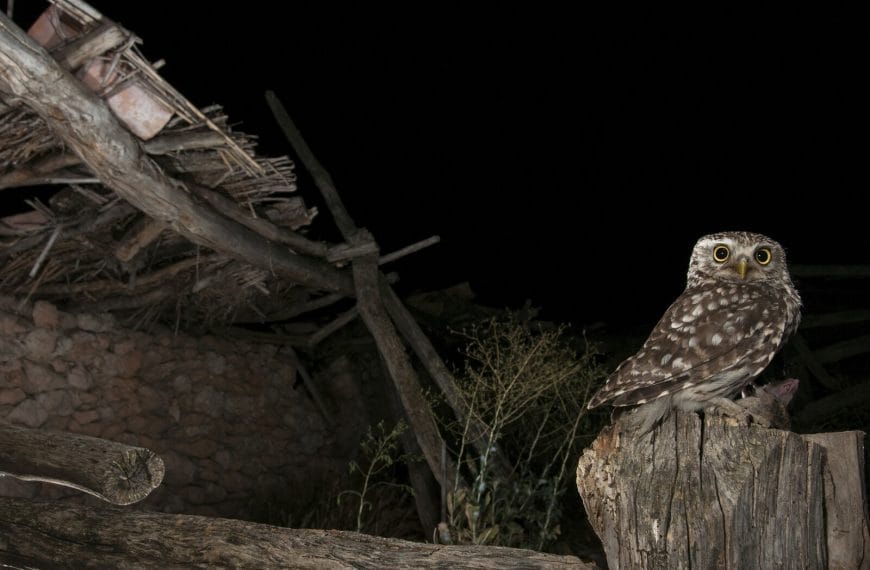



![How to Keep Birds Off Your Boat: Ways and [Best] Deterrents to Keep Birds Away From Your Boat](https://ekz2dfuukk8.exactdn.com/storage/2023/05/how-to-keep-birds-of-your-boat-870x570.jpg?strip=all&lossy=1&ssl=1)







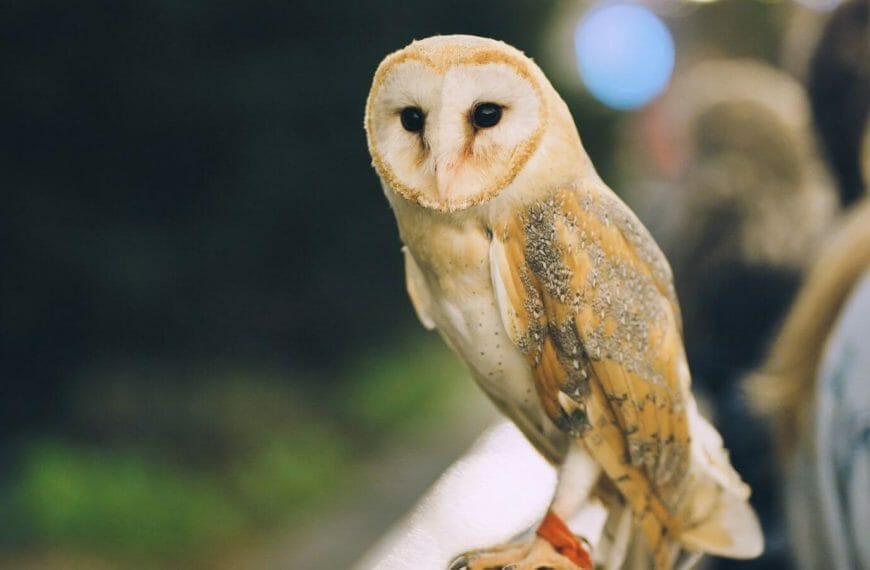







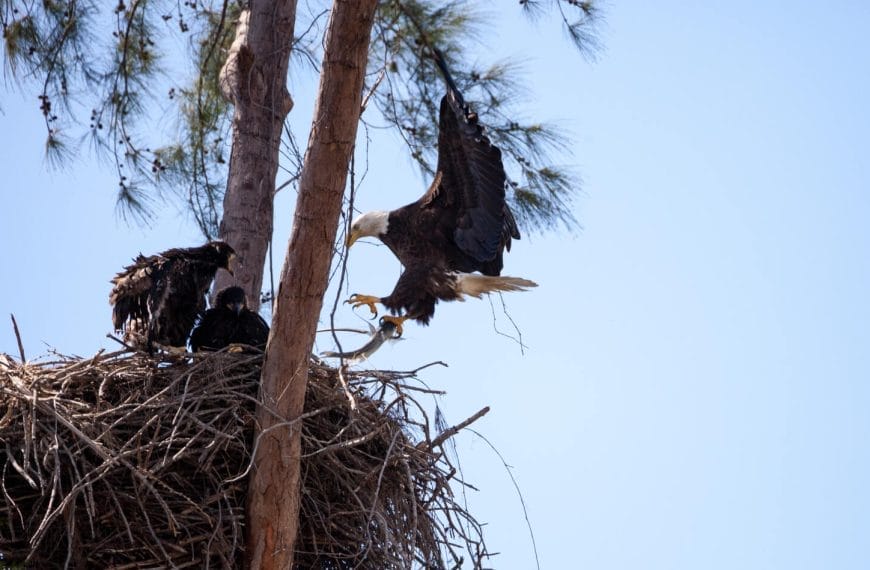






![How to Keep Birds Off Your Boat: Ways and [Best] Deterrents to Keep Birds Away From Your Boat](https://ekz2dfuukk8.exactdn.com/storage/2023/05/how-to-keep-birds-of-your-boat.jpg?strip=all&lossy=1&ssl=1)

